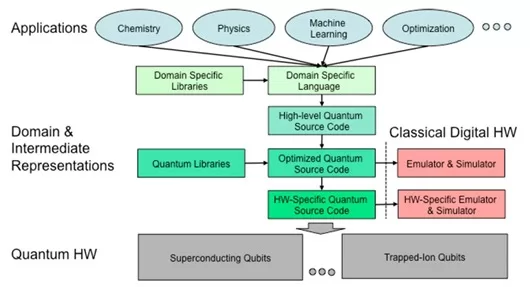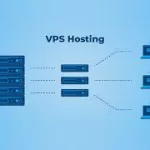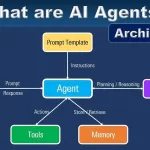The convergence of quantum computing and artificial intelligence (AI) represents an emerging frontier in science and technology, with the potential to profoundly transform the way complex problems are addressed across multiple disciplines. Quantum computing, based on the principles of quantum mechanics, enables exponentially more efficient information processing for certain classes of problems, thanks to phenomena such as superposition and quantum entanglement. Artificial intelligence, for its part, has proven to be a powerful tool for data analysis, optimization, and automated decision-making.
In this context, cloud computing has become a key enabler, offering remote access to quantum resources and high-performance AI platforms. This not only democratizes access to advanced technologies but also enables the development, testing, and deployment of quantum and hybrid algorithms in real-world environments without the need for local physical infrastructure.
The objective of this line of research focuses on the study and development of quantum computing algorithms, models, and architectures, as well as their integration with classical computing systems and cloud computing platforms to solve complex problems that exceed the capabilities of conventional computing. Topics such as quantum programming, quantum circuit simulation, quantum optimization, quantum artificial intelligence (Quantum Machine Learning), and the development of hybrid (quantum-classical) architectures are addressed. Special attention is paid to the simulation of quantum circuits and the use of cloud platforms such as IBM Q , Amazon Braket , or Google Quantum AI .
With these objectives, the line seeks to contribute to the advancement of knowledge and develop solutions in fields such as cryptography, optimization, and data analysis. Furthermore, the application of quantum computing and quantum AI to the economic and financial fields is one of the areas with the greatest potential due to the complexity and probabilistic nature of many problems in these sectors (portfolio optimization, market simulation, risk analysis, etc.).
Understanding Quantum Computing – Development Tools
After exploring some basic quantum algorithms and then complexity theories that allow us to roughly outline the universe of possibilities for quantum computing, we now need to explore the software tools of quantum computing. As with everything else, this is an entirely new world with very different paradigms compared to the creation of classical software. However, we can still find our little ones there.
Who says algorithm says programming, programming languages and development environments. As the diagram below indicates (whose source I have lost…), quantum software is organized in superimposed layers with, starting from the bottom, the qubits, then the machine language to control them, then the “high level quantum source code” which is in fact a kind of macro-assembler, able to take advantage of function libraries with ready-to-use algorithms (quantum Fourier transform, etc.) and finally, possible high-level languages adapted to specific business needs.
In the lower layers between machine language and macro-assembler are functions for converting quantum gates into universal quantum gates supported by the quantum computer as well as error correction code systems that may require the execution of a large number of quantum gates. A quantum compiler will also perform optimization by removing, for example, sequences of quantum gates that do not change the state of a qubit, such as two consecutive unitary Hadamard or X (NOT) gates.
Quantum software architectures are generally hybrid and allow a quantum computer to be controlled from fairly traditional procedural software. They manage the execution of classical software and quantum software side by side, manipulating traditional memory in addition to that of qubits, as illustrated in the diagram below from the startup Rigetti.






